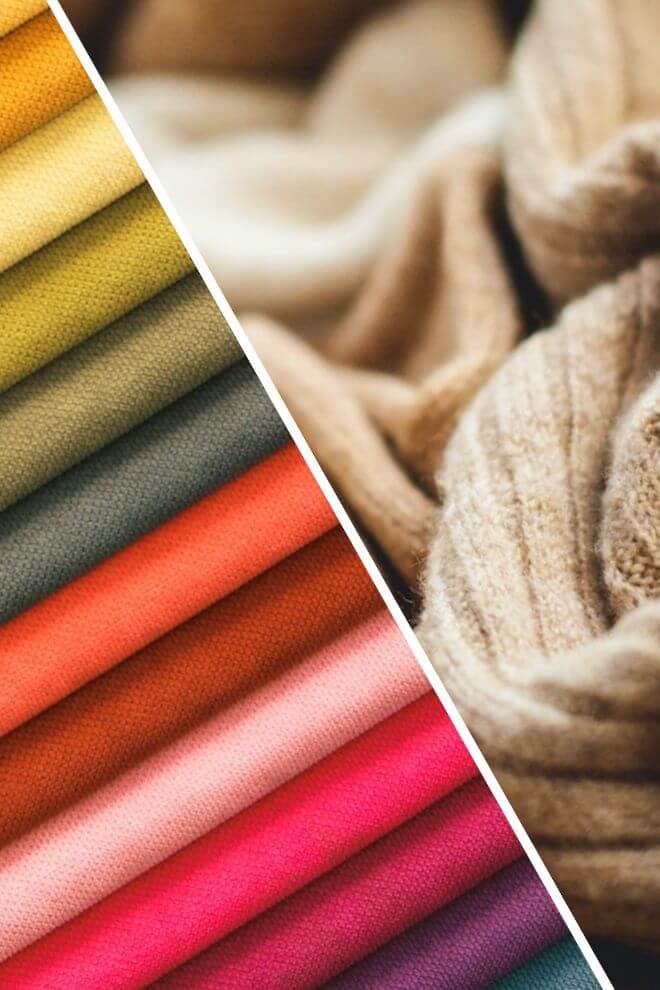There are two main types of fibers: synthetic fibers and natural fibers. Both types of fibers have distinctive characteristics and their own pros and cons. Choosing between synthetic vs natural fibers can be a daunting task for someone who doesn’t understand the differences between natural and synthetic fibers.
If you’re wondering what’s the difference between natural and synthetic fibers, you’ve come to the right place. Although there are a few similarities between natural and synthetic fibers, the two fibers differ in many aspects.
In this comparison article, we will discuss synthetic vs natural fibers in greater detail. We will cover the main differences between natural and synthetic fibers and the pros and cons of each type of fibers.
What Are Synthetic Fibers?
Synthetic fibers are made of chemical polymers such as nylon, polyester, and polypropylene. In other words, these fibers use chemicals during the production process. Unlike natural fibers, which come from plants and animals, synthetic fibers are obtained from non-renewable sources.
Examples of Synthetic Fibers
The following are some of the synthetic fiber examples:
- Nylon
- Polyester
- Acrylic
- Rayon
- Fleece
- Lyocell
- Satin
- Spandex
- Microfibers

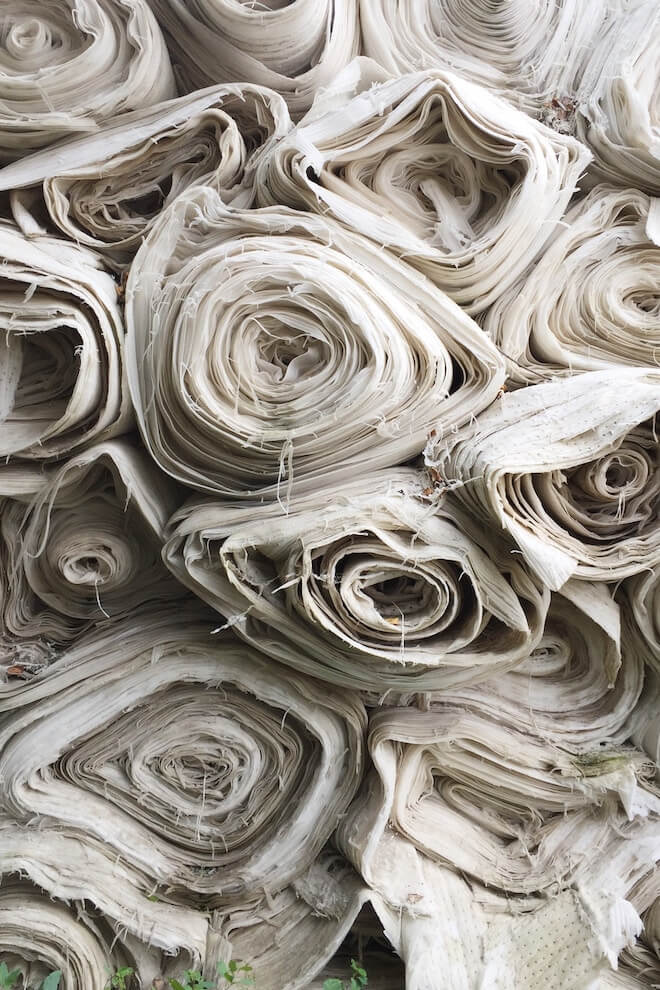
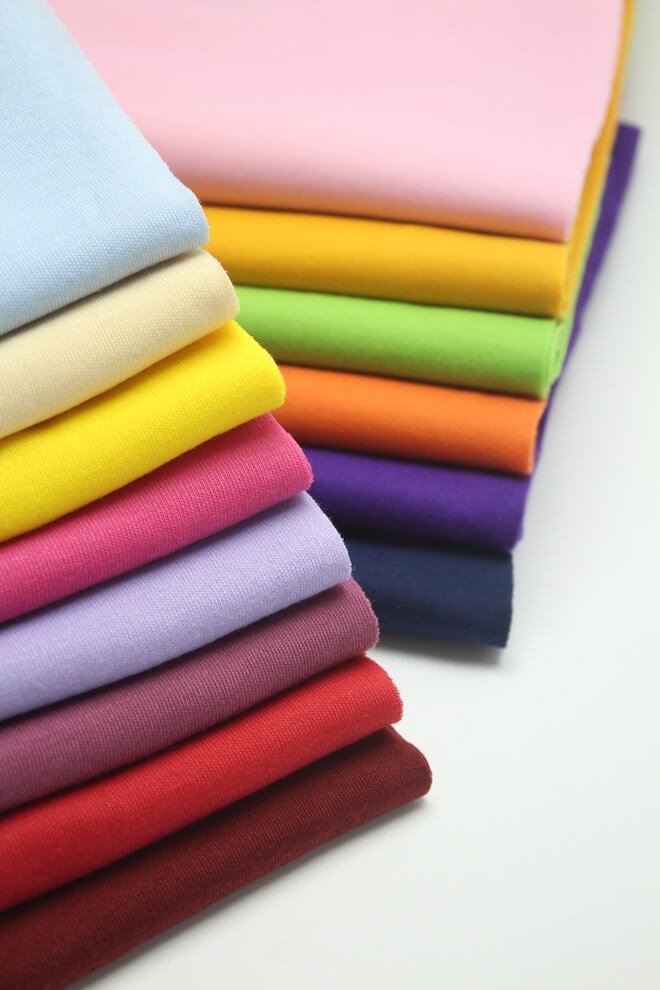
Advantages of Synthetic Fibers
There are many different advantages of synthetic fibers. These advantages can be experienced by wearing clothing made from synthetic fibers.
- Synthetic fibers are very durable and do not wrinkle easily.
- They are soft, strong, elastic, and lightweight.
- Resistant against stains and able to withstand chemical abrasion.
- Synthetic fibers are less expensive compared to natural fibers.
- They are not attacked by moths and insects.
- They can withstand high levels of heat.
- They are quick to dry.
- Some synthetic fibers offer superior water resistance so they are great for making waterproof outdoor and rain gear.
- They come in a wide range of choices, hence they are more easily accessible than natural fibers
Disadvantages of Synthetic Fibers
Please find the list of disadvantages of synthetic fibers. It is important to consider them when choosing the most suitable fibers.
- Synthetic fiber breaks down significantly more quickly in nature and sticks on to the wearer. Therefore, clothing made from synthetic fibers is never ideal to wear while welding, cooking, or playing with fireworks.
- They are more prone to damage by heat such as hot washing or hot ironing.
- They are prone to electrostatic charging when rubbed against other materials.
- Some types of synthetic fibers are toxic to your skin and can cause skin irritation.
- Synthetic fibers tend to be cheaper than natural fibers because they’re more easily mass produced alternatives
- They are not breathable; hence they can be uncomfortable to wear during the warmer months.
- They are not biodegradable, so they are not eco-friendly and may affect the environment adversely.
- They are a poor choice for winter clothing as they are unable to retain body heat
- Unlike natural fibers, synthetic fibers absorb very little moisture and some become uncomfortable and heavy when wet. Therefore, they are uncomfortable to wear on hot summer days.

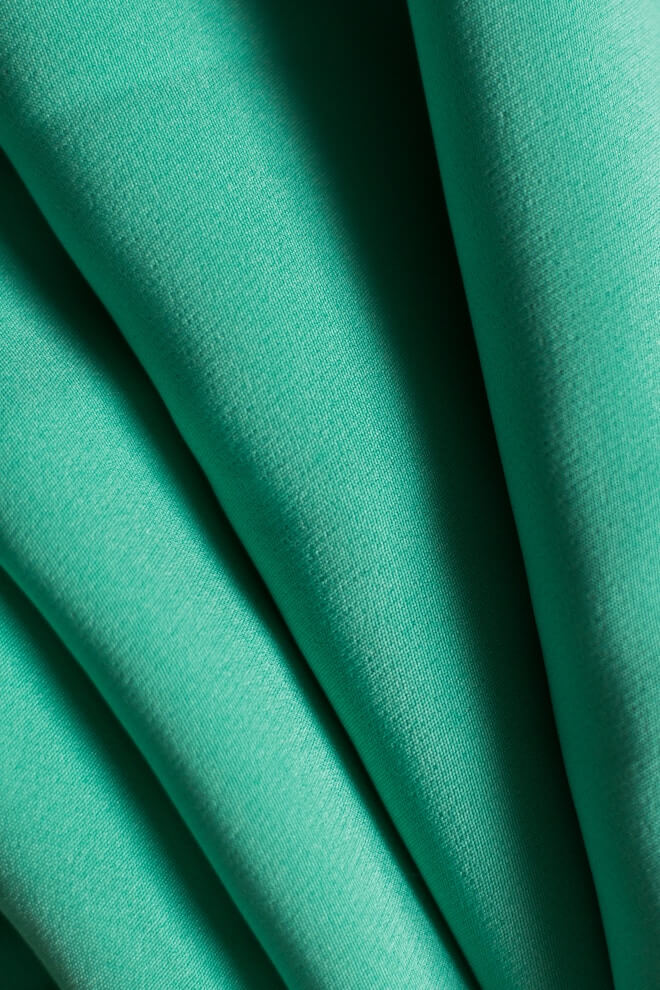
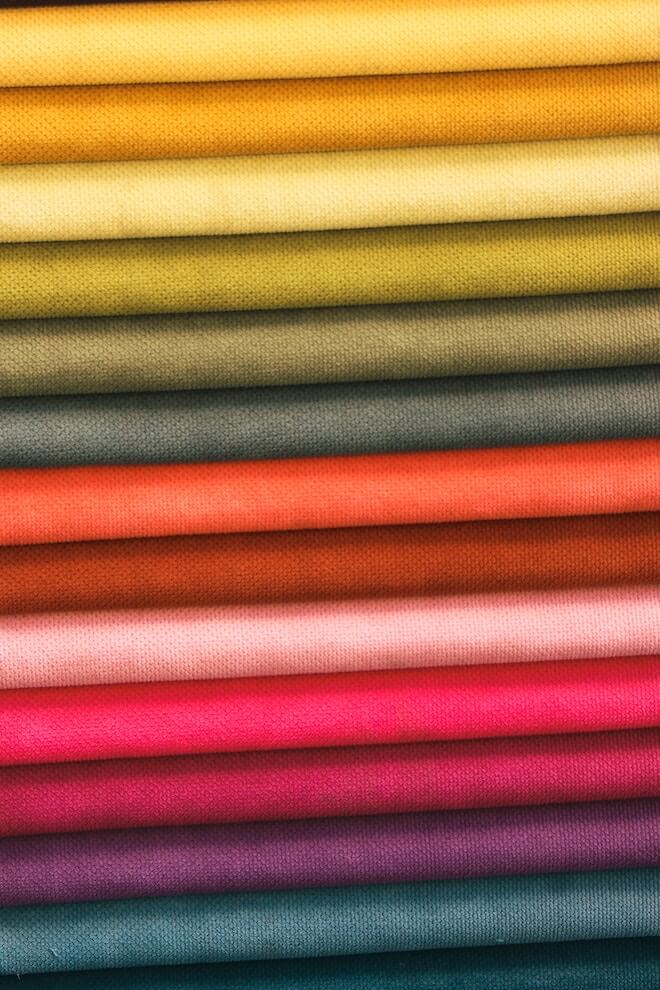
What Are Natural Fibers?
As the name implies, natural fibers are obtained from natural materials that come from plants, animals, or minerals. These fibers have several advantages associated with them.
There are two general categories of natural fibers: plant-based fibers and animal-based fibers. Some of the examples of plant-based fibers include cotton, sinew, abaca, linen (please find what is linen here), jute, and hemp; while some common animal-based fibers include wool, silk, and mohair.
Examples of natural fibers
The following are natural fibers examples:
- Cotton
- Sinew
- Abaca
- Linen
- Jute
- Hemp
- Wool
- Silk
- Mohair
- Cashmere
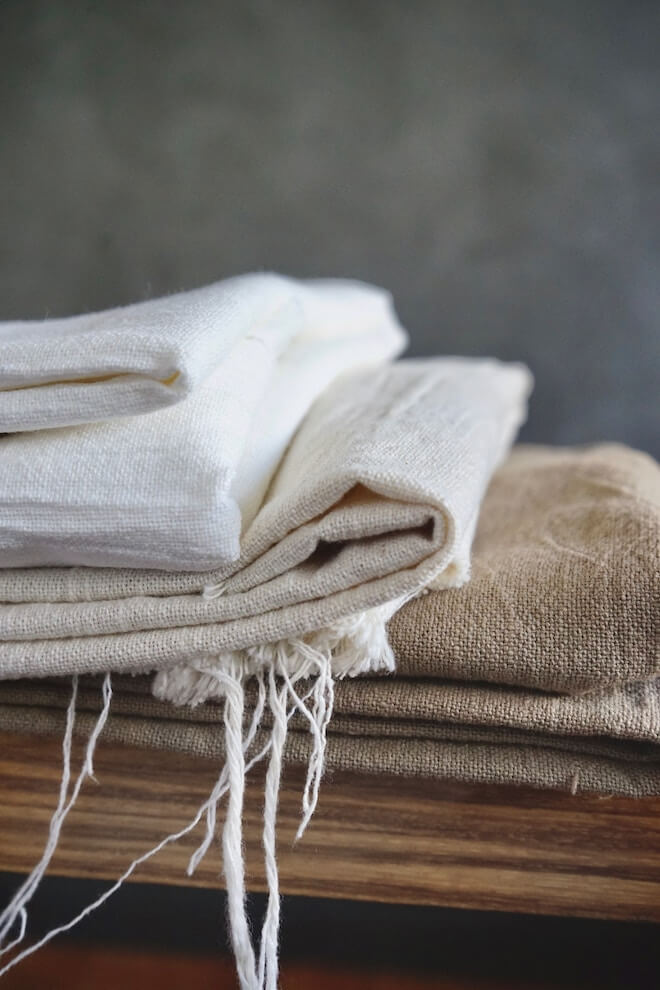
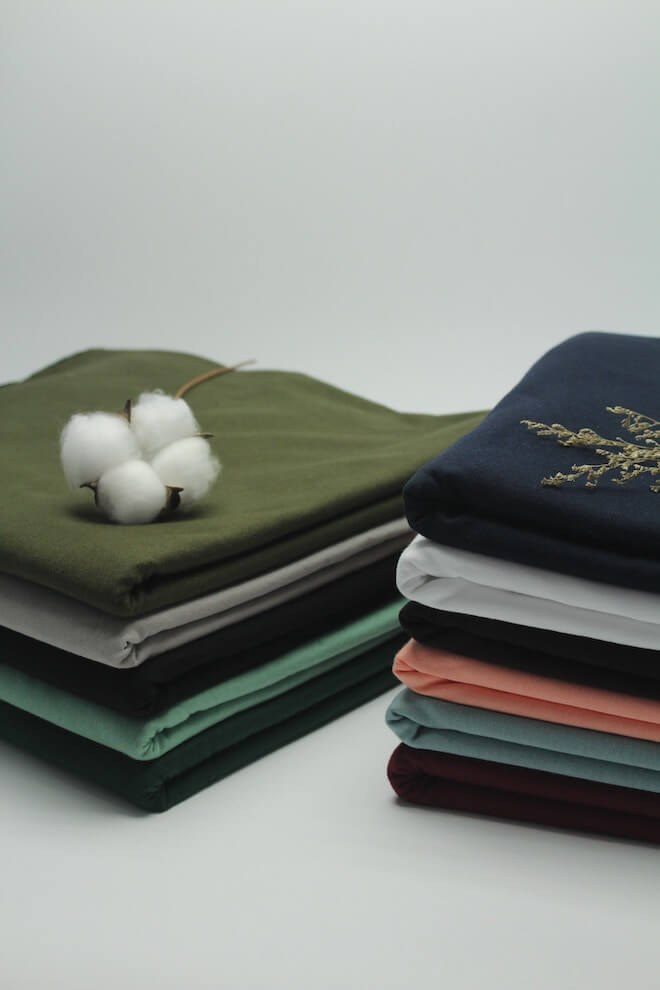
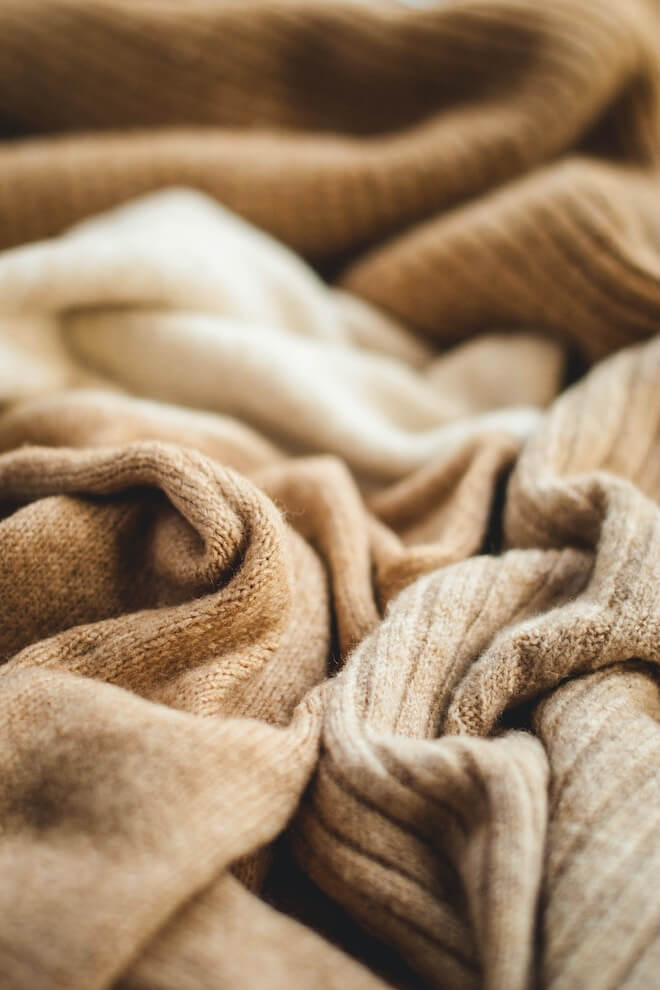
Advantages of Natural Fibers
There are advantages of natural fibers. Consider this list when choosing the right fiber for you.
- Natural fibers are soft, comfortable to wear, durable, and lightweight.
- They are resistant to fire.
- These fibers absorb sweat and water and hence such clothes from natural fibers are comfortable to wear during summer.
- Unlike synthetic fibers, natural fibers do not irritate the skin or cause allergic reactions. This is because natural fibers are naturally hypoallergenic. Please find benefits of linen.
- Natural fibers are more environmentally friendly compared to synthetic fibers. This is because they come from renewable sources, have a lower environmental footprint, and they’re naturally biodegradable.
- Natural fibers have an incredibly high absorbency, making them a great option for towels and bedsheets.
- They are fully recyclable.
- They have natural anti-bacterial properties and resist mildew.
- They have high temperature resistance
Disadvantages of Natural Fibers
We made a list of disadvantages of natural fibers. There are not many of them. But still important to consider.
- Natural fibers are heavy in weight.
- Natural fibers are generally more expensive than synthetic fibers.
- They might shrink due to aggressive washing.
- Unlike synthetic clothes, natural fibers can be damaged by moths and other insects.
- Not wrinkle free.
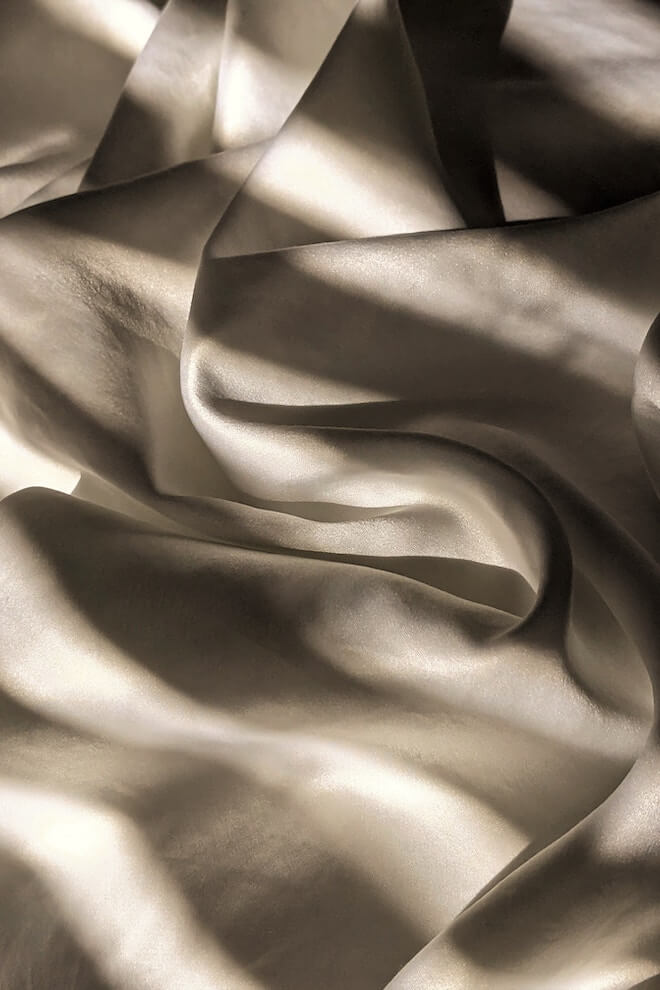

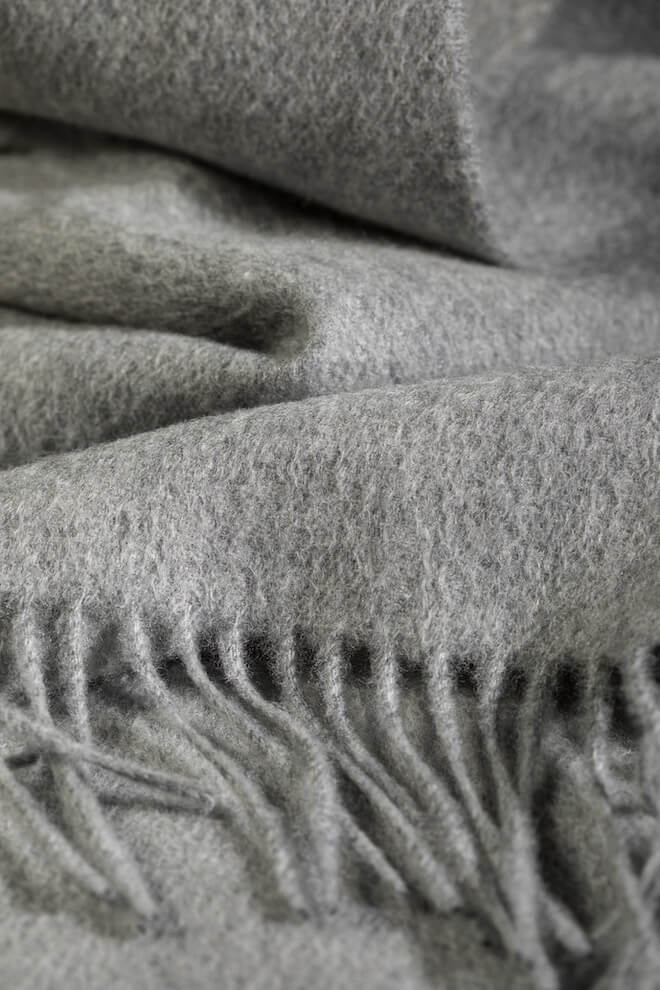
Main Differences between Synthetic and Natural Fibers
In this section, we will compare and contrast natural and synthetic fibers to help you understand how to tell the difference between natural and synthetic fibers.
Source of Materials
Natural fibers come from plants, animals, or minerals while synthetic fibers are man made textile made by chemical processes.
Durability
Are natural fibers stronger than synthetic fibers? Synthetic fibers are very strong and longer-lasting than natural fibers. They are extremely resistant to wear and tear. Natural fibers are less durable than synthetic fibers, though most plant-based and animal-based fibers offer commendable tensile strength.
Breathability
Most natural fibers are extremely breathable and excellent at absorbing excess moisture. This is due to the fiber structure of these fabrics. Synthetic fibers are not breathable and don't absorb liquids well.
Spinning Process
The spinning process is necessary for filament production in synthetic fibers, while the process is not a requirement for filament production in natural fibers.
Color
Natural fibers come in their natural color, while synthetic fibers are dipped in color solutions to change their colors as per requirement.
Eco-friendly
Natural fibers are eco-friendly as they come from renewable sources and do not use as many chemicals during the production process. These fibers are 100% biodegradable, so they are better for the environment. Synthetic fibers, on the other hand, can take hundreds of years to decompose.


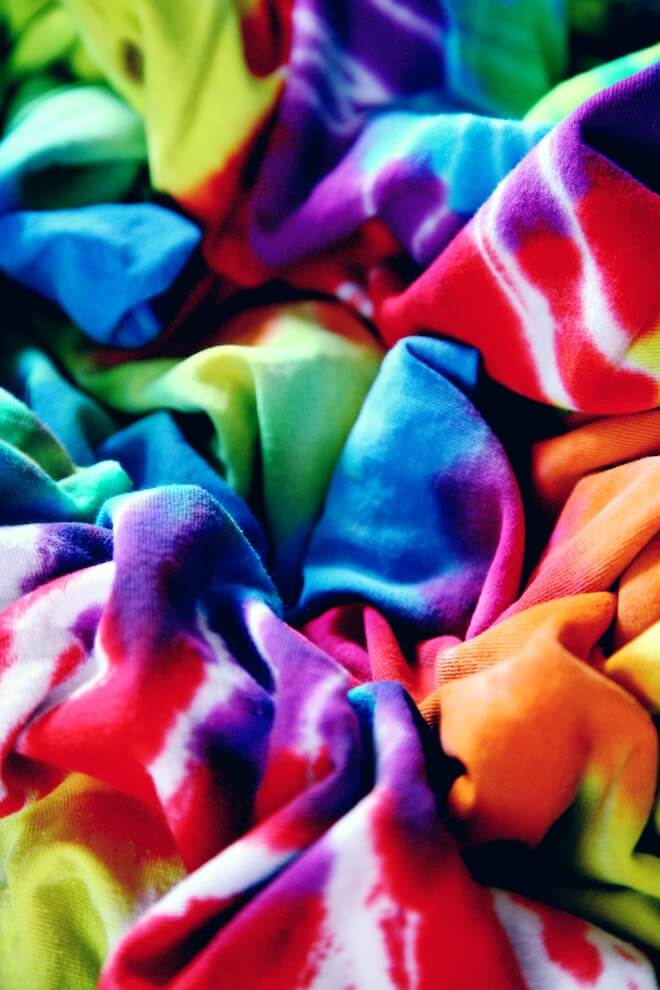
Hypoallergenic
Natural fibers are naturally hypoallergenic and have unique anti-bacterial properties which add another layer of protection to your skin. These fibers do not irritate the skin or cause allergic reactions. Synthetic fibers contain chemicals within the fiber which can cause skin irritation and allergic reactions.
Dye Suitability
Natural fibers are easy to dye because they have a higher affinity for water, which results in the swelling of the fibers, thereby facilitating dyeing in water solutions. Besides, color can be added before and after the fiber is turned into yarns or fabric. Synthetic fibers are not easy to dye for various reasons. First, these fibers are man-made in the laboratory and then mass-produced in factories. So they vary greatly in their chemical makeup, meaning you’ll require a specific dye for each type of material. Secondly, synthetic fibers absorb dye very poorly as they are hydrophobic in nature.
Absorbency
Natural fiber is very absorbent as it is hydrophilic in nature. Plant-based, mineral-based, and animal-based fibers have a potent attraction for water. Synthetic fibers soak less water than natural fibers because they don’t have hollow spaces and are hydrophobic in nature. This can cause the fabric to stick to the skin in warm or wet conditions.
Fiber Length
The length of natural fibers is nature dependent while synthetic fiber length can be adjusted according to the needs.
Affordability
Natural fibers are comparatively expensive as they are obtained from plants and animals. They require care of plants and animals and multiple steps of processing. Synthetic fibers tend to be cheaper than natural fibers because they are made from cheap raw materials and can be mass produced.
Impurities
Natural fibers can contain dust particles that can be woven into the fabric or become attached post-production. On the other hand, synthetic fibers are free from impurities and not prone to collecting dust.
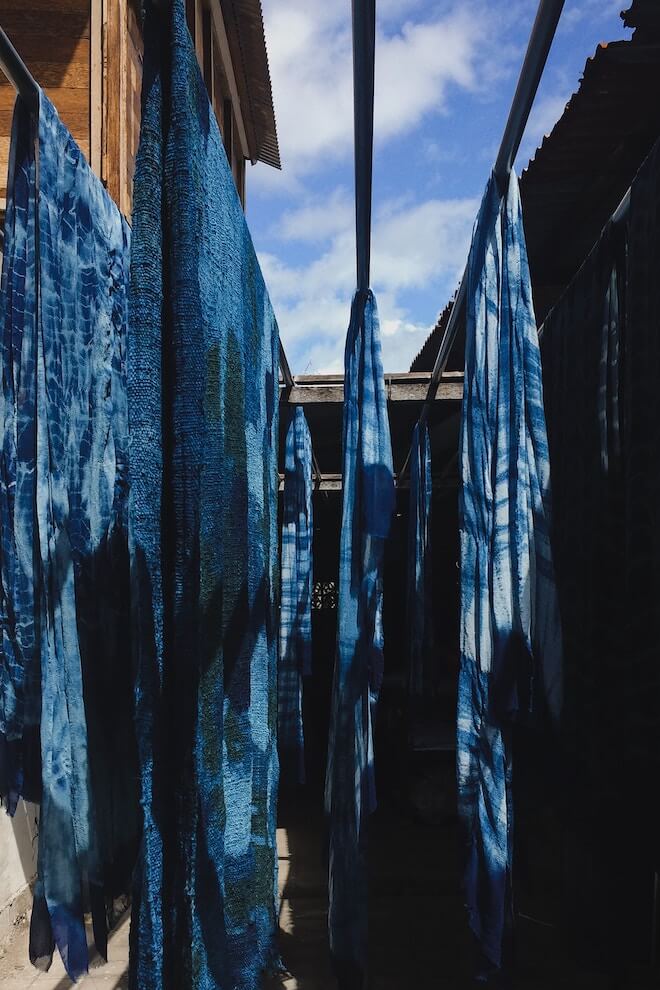

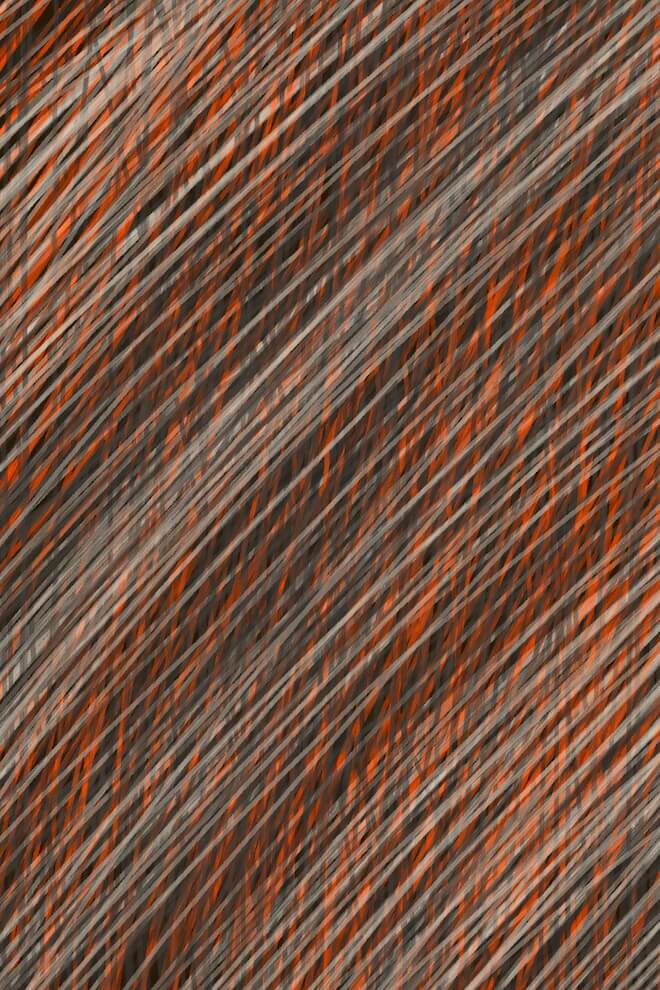
Synthetic Vs Natural Fibers: Which One to Choose?
Natural vs synthetic materials have their unique advantages and drawbacks. While synthetic fibers are cheaper, durable and stain resistant, natural fibers outperform them in many aspects. Natural fibers are comfortable to wear in warm weather, they are hypoallergenic, eco-friendly, and possess antibacterial properties. Natural materials are breathable and the perfect choice for summer and here you can find more options of the best fabrics for summer. Moreover, natural fibers are resistant to fire and boast incredibly high absorbency. At the end of the day, your choice between natural or synthetic fibers depends on your preferences, budget, and the properties that matter to you most.

